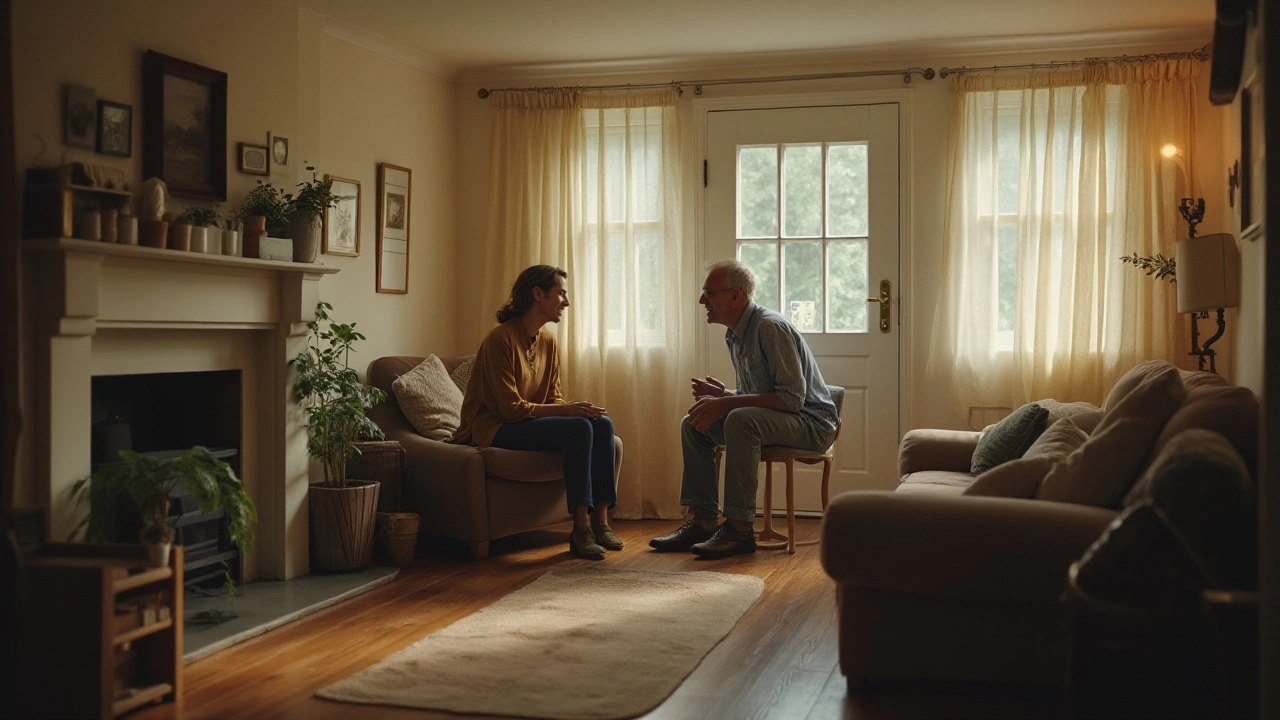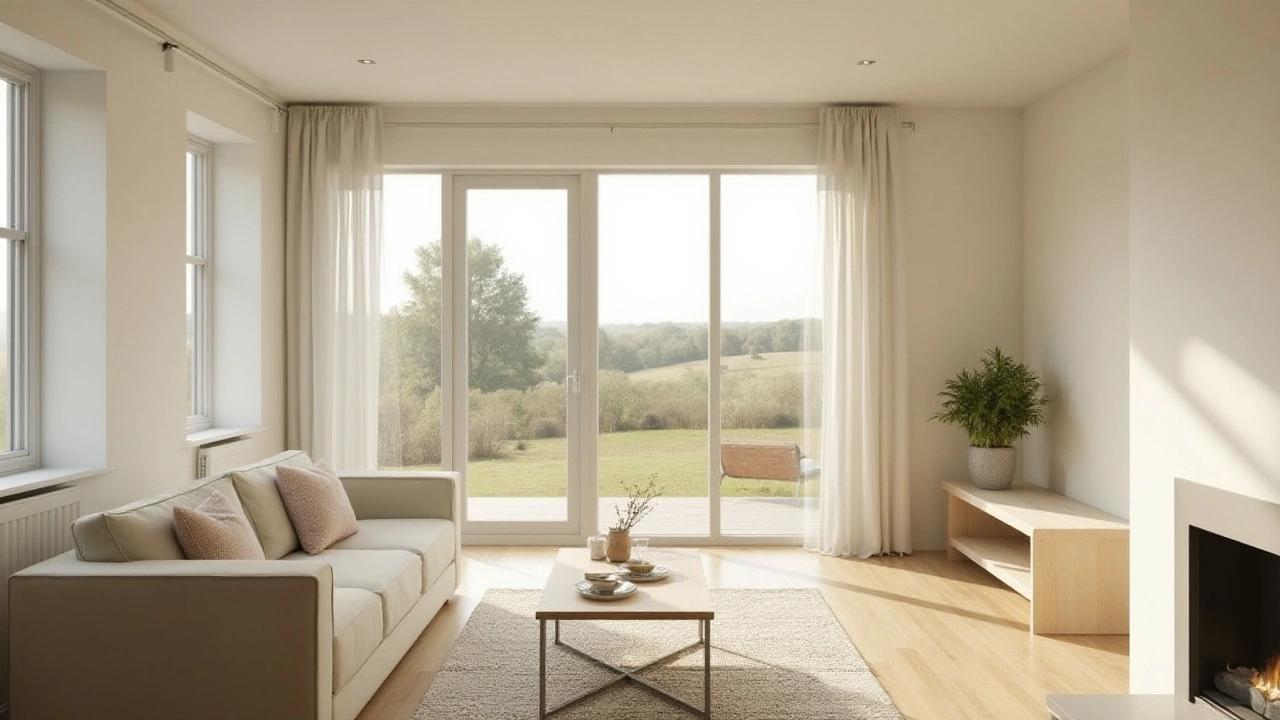Simplicity: How Less Becomes Better in Architecture and Design
Simplicity isn't blank space or boring choices. It's about removing what distracts so function and beauty stand out. Whether you're looking at a cathedral's clear lines or a tech interface that just works, simple choices make places and products easier to use and more pleasing to live with.
Start by asking one question: what needs to be here? In buildings, that means focusing on structure, light, and circulation before you add decoration. In interiors, it means keeping what you use daily and giving everything else a home. This small habit reduces visual noise and makes spaces feel calmer and more honest.
Practical tips for applying simplicity
1) Prioritize function. Design each element to serve a clear purpose. A window should bring light and view, not just fill a wall. A column should support and shape the room. When purpose is clear, form follows naturally.
2) Limit your palette. Pick two or three materials and stick with them. Natural wood, stone, and a neutral paint tone often work together without fuss. Fewer materials mean fewer visual clashes and easier maintenance.
3) Edit details. Simple doesn't mean cheap — it means mindful. Replace ornate trims with clean shadow lines, swap complex fixtures for ones with honest shapes, and choose hardware that feels good to touch and lasts.
4) Use light as a material. Natural and well-placed artificial light reveal texture and guide movement. A well-lit hallway is safer and feels bigger; a shaded reading corner feels cozy. Think about how light changes throughout the day.
Real examples you can explore
Look at the Minimalism and Minimalism in Tech posts on Macklowe Art & Architecture for ideas you can borrow for daily life and digital design. For buildings, compare the clean balance of Greek Revival columns with the plain, honest surfaces of American Craftsman homes. Even styles that seem ornate, like Baroque or Beaux-Arts, use simple organizing rules—symmetry and rhythm—that you can apply in small projects.
Want a quick project? Pick a room, remove one-third of items, and choose one material to swap for a neutral alternative. Test how the space feels before you make more changes. Small edits reveal what matters fast.
Simplicity helps with budgets, too. Fewer materials and simpler details often lower costs and speed construction. That’s why many preservation and revival projects focus on repairing key elements rather than recreating every original ornament. You get more impact for less money.
If you're curious about different styles that use simplicity in different ways, check the related posts: Minimalism Tips for Beginners, Greek Revival, Colonial Architecture, and American Craftsman. Each shows a different way to make design feel clear and honest.
Simplicity is a tool, not a rule. Use it to make decisions faster, build more thoughtfully, and create spaces that help you live better. Start small, keep it useful, and let less do more.

Enhance Your Relationships Through Minimalism
Minimalism isn't just for decluttering your home; it can profoundly impact the quality of your relationships. By focusing on meaningful connections and cutting out the noise, minimalism helps to build stronger, more supportive bonds. Learn how by simplifying your life, you can improve your interactions with loved ones, creating a shared journey of simplicity and growth.
Read more
Discovering Balance through Minimalism: An Insightful Guide
In a world full of noise and clutter, finding peace can be challenging. Minimalism offers a path to balance by focusing on simplicity and intentional living. This article explores how adopting a minimalist lifestyle can help reduce stress, free your mind, and provide a clearer perspective on what truly matters. Learn how to declutter both your surroundings and your thoughts, and start embracing a life of purpose.
Read more